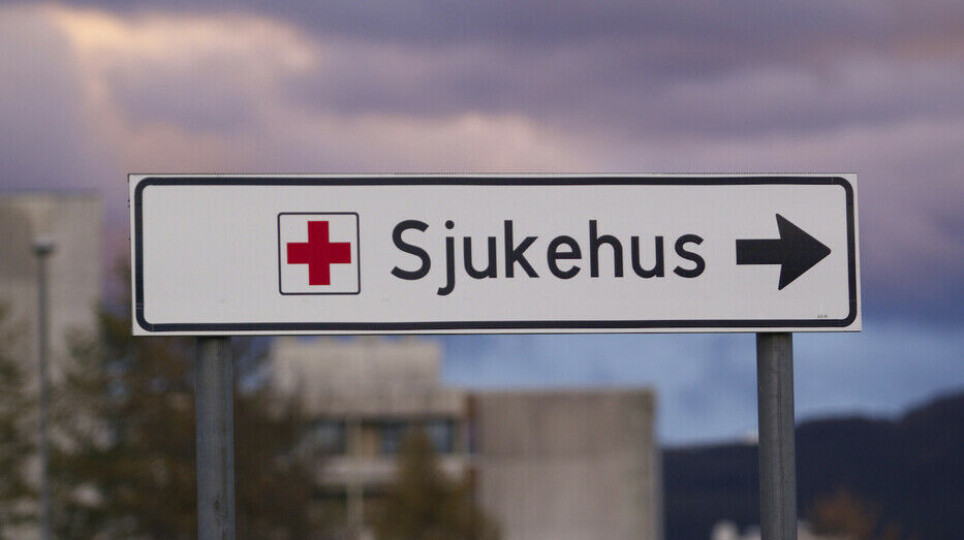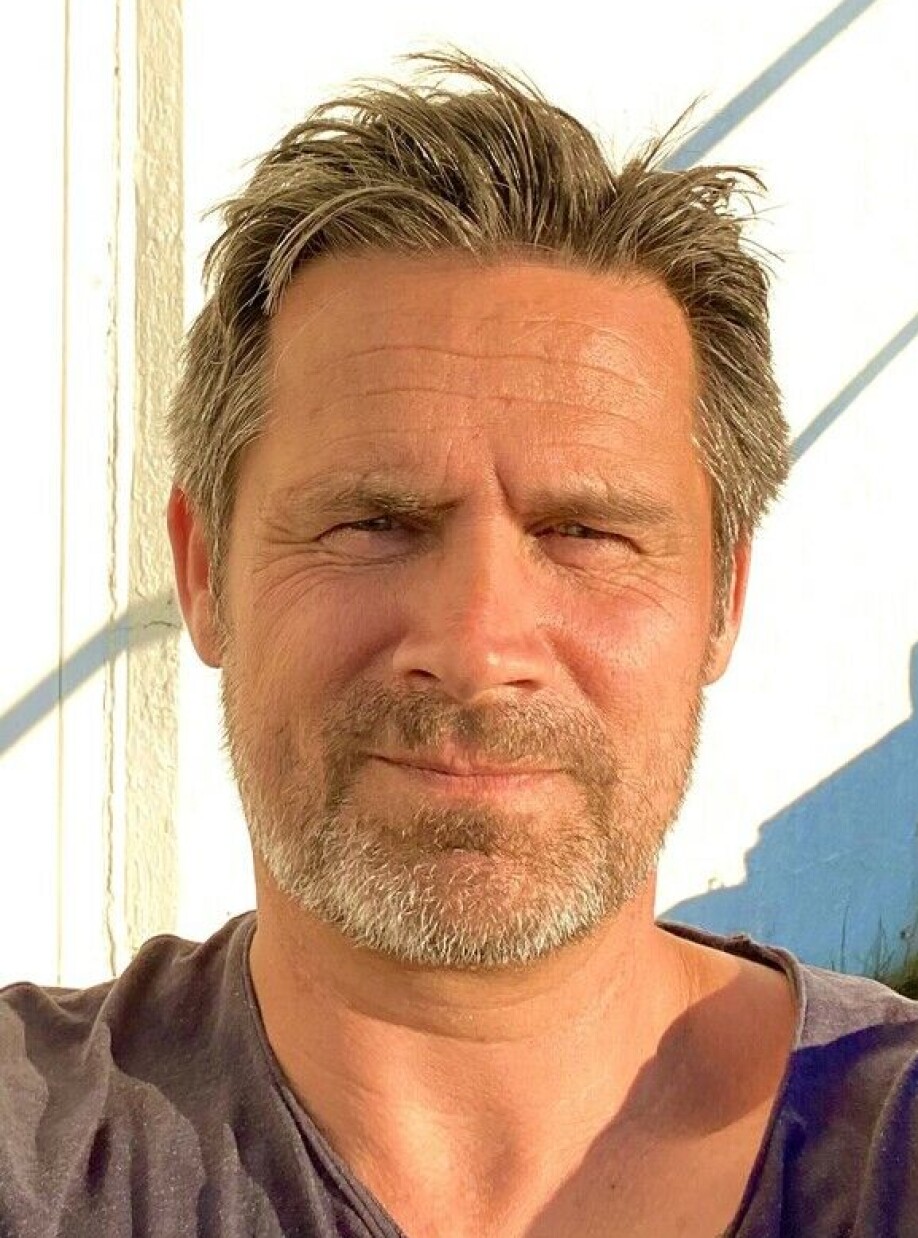THIS ARTICLE/PRESS RELEASE IS PAID FOR AND PRESENTED BY THE University of Agder - read more

This contributes to better municipal collaboration
“Three factors in particular can contribute to successful inter-municipal collaboration,” researcher Bjørnulf Arntsen says.
Many Norwegian municipalities are quite small. More than half of them have less than 5,000 inhabitants. Nevertheless, they must undertake the same tasks as large municipalities.
“Municipalities are required to offer residents a walk-in clinic, for example. But a municipality of 4,000 inhabitants cannot do it alone, so they tackle this by cooperating with other municipalities,” Bjørnulf Arntsen says.
He is the head of the Centre for Care Research South at the University of Agder (UiA), and has recently been awarded a doctorate on cooperation between municipalities.
Health leaders across Norway were surveyed
Arntsen says that the scope of such collaborations has grown tremendously in recent decades, yet our knowledge of how they work is limited. What little we know is about technical services. Arntsen wanted to do something about that.
“Technical services such as waste management are easy to measure since they are primarily about economy and efficiency. Within the health services, the focus is on increasing the quality of the services and improving the opportunities to build a strong professional environment,” he says.
He wanted to examine the effect of these collaborations, and since it could not be measured in Norwegian kroner, he sent out a survey to health leaders in all the Norwegian municipalities.
The responses he received showed that the secret behind successful cooperation does not just lie with the individual municipality. Several other factors come into play, including the size of the municipalities, the number of municipalities participating, and the form of governance selected.

Trust and agreement
When Arntsen compared the quality of different collaborations, he chose to define quality as trust and agreement between the participants. He found that three things in particular contributed to this.
The first is to limit the number of participants. The more people who collaborate, the more difficult it is to build trust and agreement.
“In my study, I have drawn on theories about the interaction between people at an individual level. If you’re in a meeting with three others, it is much easier to agree than if twenty people are sitting around the table,” Arntsen says.
The same dynamic applies in municipal cooperations, where 20 municipalities may be involved in cooperation on services.
Maturing over time
The other thing that contributes to quality is time. Trust and agreement is something that develops over time.
“Conflicts often arise at the start of a collaboration when decisions have to be made. When the collaboration matures and the parties have had the time to get to know each other, then it is easier to build trust,” Arntsen says.
Collaboration management
The third thing that contributes to quality is how the collaborations are managed. Where the management was left to a host municipality or an inter-municipal company, this helped build agreement compared to where everyone had a hand on the wheel.
“If everyone is involved with managing the collaboration, it will be more difficult to reach an agreement,” Arntsen says.
Relative size is important
A host municipality is the municipality where shared services are located, such as emergency services. Small municipalities that cooperate with relatively larger hosts experience that the quality of services improves, but also that they lose control.
“The absolute size of the municipality appears to be of little importance. What matters is how large the cooperating municipality is in relation to the host municipality,” Arntsen says .
An example: Risør is defined as a medium-sized municipality. If Risør with its 6,700 inhabitants cooperates with Gjerstad with its 2,500 inhabitants, Risør is considered a large municipality. But if Risør cooperates with Arendal, with almost 46,000 inhabitants, Risør becomes a small municipality.
The researcher believes that in order to understand public health cooperation between municipalities, we need to shift our focus from the individual municipalities and look at the surrounding environment.
“These are findings that the municipalities can use to improve their collaborations. The size of the collaboration, the form of governance used and last but not least the choice of host municipality mean a lot in practice,” Arntsen says.
Risk of losing autonomy
The smaller and poorer a municipality is, the more they cooperate with other municipalities. But here too, the size of the municipality in relation to the surrounding municipalities is important.
A small municipality that is surrounded by much larger municipalities participates in cooperation to a lesser extent than one surrounded by municipalities of the same size.
“If the neighbouring municipalities are large, there is always a risk that a smaller municipality loses its autonomy,” Arntsen says.
Used as a lever
In his research, he found that municipalities benefit greatly from collaborating on health services, both in terms of quality and of building strong professional environments. He also found that some municipalities experience significant disadvantages.
Nevertheless, it seems like different governments tend to highlight the advantages or disadvantages of inter-municipal cooperation depending on the reform they wish to implement.
Before the Health Care Interaction Reform (Samhandlingsreformen), the government emphasised the benefits of municipalities working together. When the municipal reform (Kommunereformen) was introduced and the government wanted to merge municipalities, they emphasised the disadvantages of working together.
Arntsen believes that this creates uncertainty among local authorities.
“It almost looks as if different governments are using the advantages and disadvantages as a lever depending on which reform they want. That is why it is important to get more knowledge about what the actual advantages or disadvantages of inter-municipal cooperation are,” Arntsen says.
Reference:
Bjørnulf Arntsen: 'Antecedents and outcomes of inter-municipal cooperation in health services – A relational and contextual approach', Doctoral dissertation, UiA, 2022. (The dissertation)

This article/press release is paid for and presented by the University of Agder
This content is created by the University of Agder's communication staff, who use this platform to communicate science and share results from research with the public. The University of Agder is one of more than 80 owners of ScienceNorway.no. Read more here.
See more content from the University of Agder:
-
Research paved the way for better maths courses for multicultural student teachers
-
The law protects the students. What about the teachers?
-
This researcher has helped more economics students pass their maths exams
-
There are many cases of fathers and sons both reaching elite level in football. Why is that?
-
How we used plants to protect ourselves from evil
-
What is it like for nurses to promote health behind bars?




































